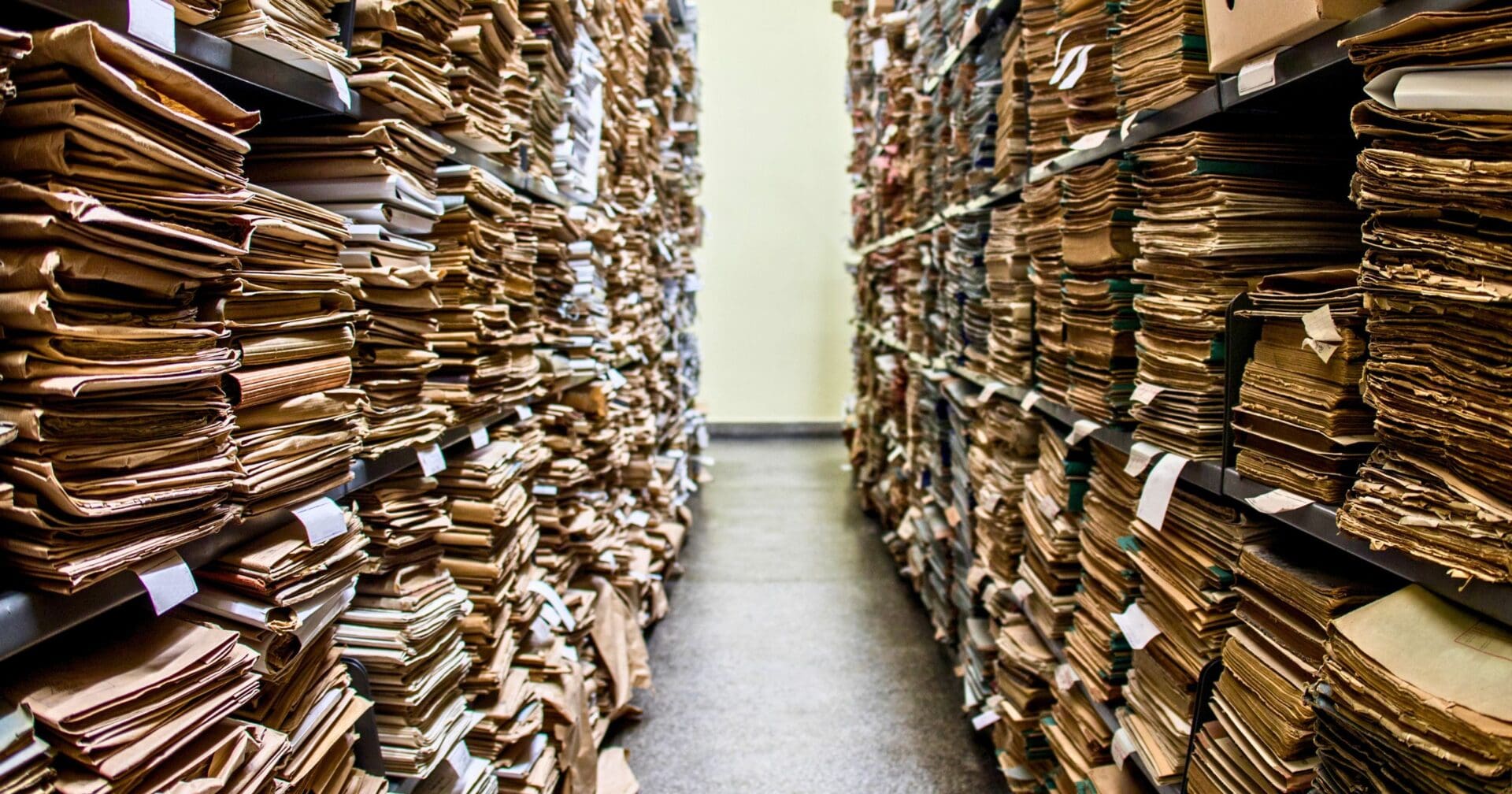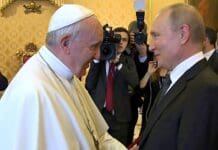The Holy See naturally has an air of mystery and intrigue to it. It’s no secret that some may speculate on the Church’s most private affairs. Among the Church’s most closely guarded possessions is the Vatican Secret Archives. People have long speculated that the Vatican Archives contains evidence of extraterrestrial life, or evidence disproving the historical existence of Jesus Christ and His resurrection.
But what really lies hidden in the Vatican Secret Archives?
The misconception about the true contents contained in the Vatican Secret Archives stems from a mistranslation of its Latin name to English. The true name of the Vatican archives is Archivum Secretum Apostolicum Vaticanum. In this case, the Latin ‘Secretum’ does not mean secret in the common sense of confidential information. More accurately it is translated to mean private or personal, to indicate that the archives are the pope’s property. Established by Pope Paul V in the 17th century, the Vatican Archives remained closed until 1881, when Pope Leo XIII opened them to researchers.
Gaining access to the Vatican Archives is an exhaustive process. Qualified scholars of higher education pursuing scientific research are able to apply for an entry card, that must be renewed every six months. To physically gain access, one enters adjacent to the Vatican Library through the Porta di S. Anna in via di Porta Angelica. Once inside, scholars may view up to three documents a day requested from handwritten catalogs of items. If the item they are searching for is not quickly found in the requested folders of documents, they must leave for the day and return later.
According to the Vatican Archives, the oldest surviving documents are dated to the 8th century contained in 53 miles of shelving and 35,000 volumes in the catalogs. Those lucky enough to gain access would be able to peruse historical artifacts of the Holy See such as:
• Letters from Michelangelo, complaining he wasn’t yet paid for his work on the Sistine Chapel.
• The letter from Henry VIII sent to Pope Clement VII petitioning for an annulment of his marriage to Catherine of Aragon.
• Transcripts of the trial of Galileo for heresy.
• The papal bull of Pope Leo X, excommunicating Martin Luther in 1521.
• A letter from Mary, Queen of Scots to Pope Sixtus V asking for the Church’s intervention shortly before her execution.
• Letters from Abraham Lincoln and Jefferson Davis, attempting to have Pope Pius IX favor the Union or the Confederacy.
• A letter written by Pope Clement XII to the Seventh Dalai Lama, asking for the protection of Franciscan missionaries in Tibet.
Sadly, many of the documents that were formerly held in the archives were lost to history. After invading Rome and taking Pope Pius VII hostage, Napoleon had the most of Pope’s papers carted off to Paris. After Napoleon fell from power, Pope Pius VII demanded his papers back. But the costs of transport back to Rome from Paris proved more than the Vatican could afford, many of the priceless papers were burnt. In an episode that haunts historians, the documents that weren’t destroyed were used as scrap, with some parchments sold by weight to a French grocer for packing purposes. About a third of the collection never returned to Rome.
Before Napoleon, the Vatican Archives were badly organized and improperly cared for. The effort to organize the papers into the system now used truly began in earnest when the remaining documents seized by the French were returned in the 1880’s.
In 2012, to mark the 400th anniversary of the Vatican Archives, 100 original documents dating from the 8th to the 20th century were put on display from February to September 2012 in the “Lux in Arcana” exhibition held at the Capitoline Museums in Rome.


















Truly fascinating, I had no idea every document was saved.
I canno understand t why is it that they kept dcument in vatican atchieve secret?
Read the ARTICLE
I would like to go back to the Vatican to see the exhibition…..and this time having the chance to see the Sixtine Chapelle. …it is absolutly fascinating
[…] renamed the Specola Astronomica Vaticana. Today, the Tower of the Winds is considered part of the Vatican Secret Archives and off limits to the general […]
[…] of Jesus Christ and His resurrection. What really lies hidden in the Vatican Secret Archives? Click to find […]